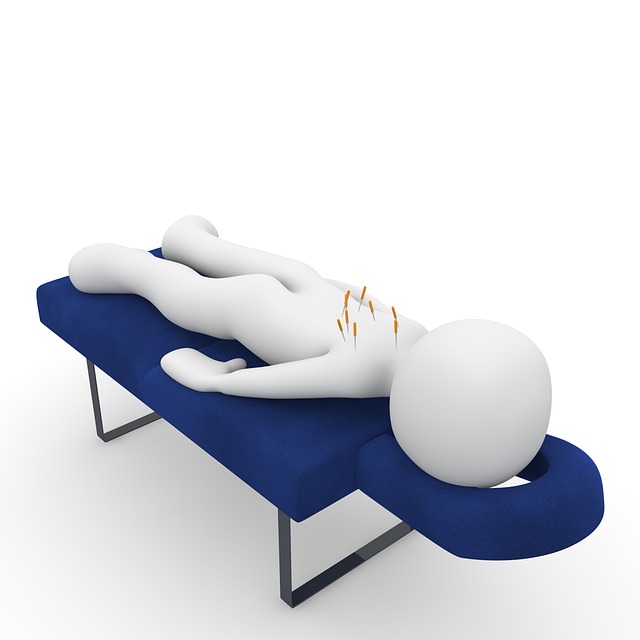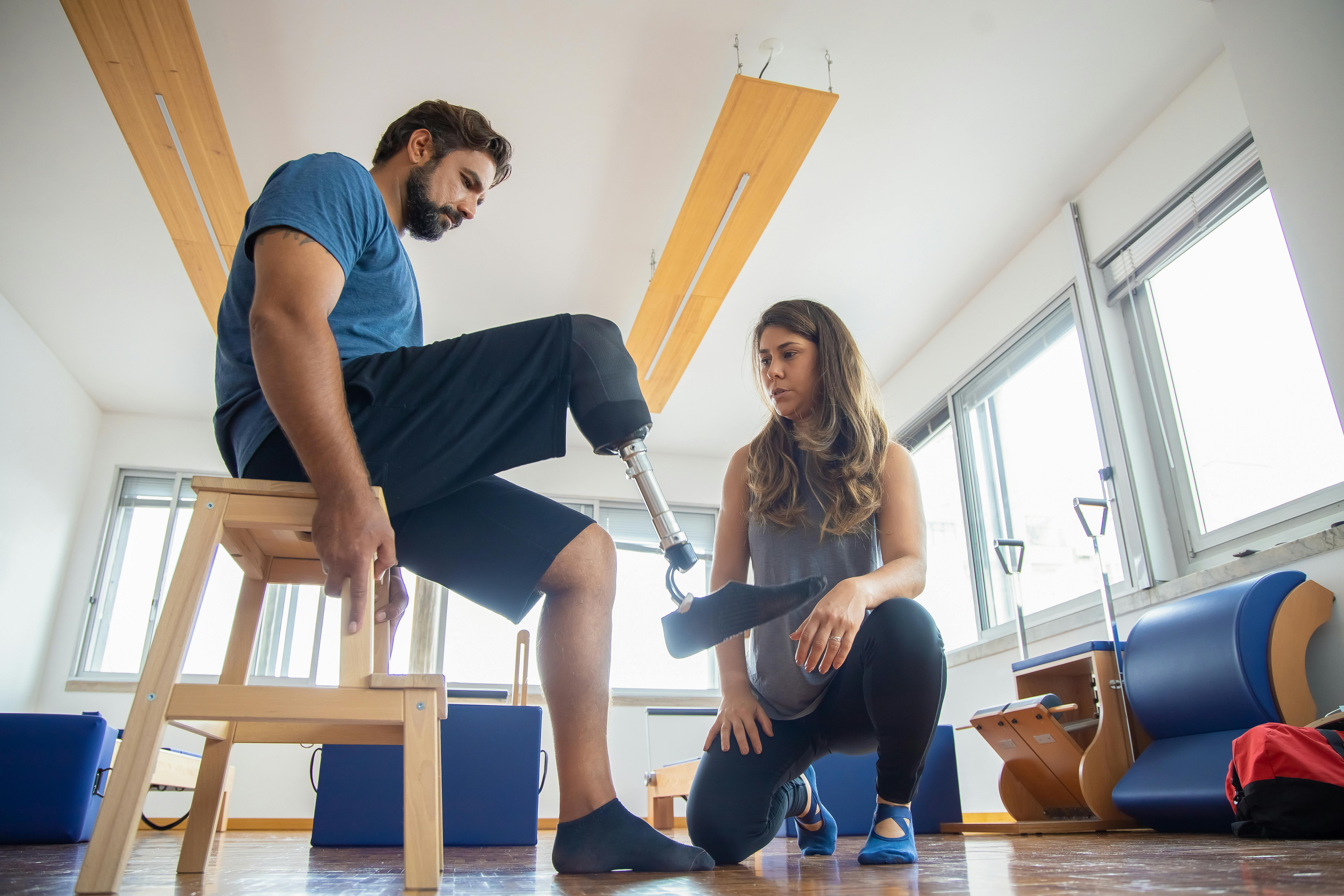What To Wear At Physical Therapy

Going to physical therapy can be intimidating. But one of the most important parts of being successful in a physical therapy program is feeling comfortable and confident while you’re there. That’s why it’s important to choose the right clothing for your physical therapy sessions. Wearing the right clothes can make all the difference in your experience, and can help you get the most out of your therapy sessions. In this article, we’ll discuss some tips on what to wear at physical therapy so that you can maximize your visits and get the best results.When attending physical therapy, it is important to wear comfortable clothing that will not restrict your range of motion. Choose loose-fitting clothes that are made from breathable fabrics such as cotton or athletic materials. Avoid wearing excessively tight clothing, heavy sweaters, or restrictive jeans. Also consider wearing clothes with minimal buttons or zippers so that you can move more freely. It is also important to wear supportive shoes with good cushioning and traction. Make sure the shoes provide enough support for walking, running, and jumping activities.
What To Wear On Your Lower Body For Physical Therapy
When deciding what to wear for physical therapy, it is important to consider the type of exercises you will be doing and the type of environment you will be in. Depending on the type of physical therapy, you may need to wear different types of clothing that will provide support and comfort. For example, if you are attending physical therapy for a knee injury, you may want to wear compression shorts or leggings with a supportive top. This will help keep your lower body warm and provide support while doing exercises.
If you are attending physical therapy for a back injury, it is important to wear comfortable clothing that allows for freedom of movement. For example, loose-fitting shorts or pants with a supportive top would work well. You should also make sure that the clothing is breathable so that your skin can breathe and not become overheated during exercise.
No matter what type of physical therapy session you are attending, it is always important to wear comfortable shoes that provide adequate support. Shoes that have good arch and heel support as well as a cushioned sole are ideal for physical therapy sessions. Wearing shoes with a non-slip sole can also help prevent falls and injuries during exercise sessions.
In general, when deciding what to wear on your lower body for physical therapy sessions, it is important to consider the type of exercises you will be doing as well as the environment in which they will be done. Wearing comfortable and supportive clothing can help ensure that your body gets the most benefit from each session. Finally, wearing good supportive shoes can help prevent falls or injuries during exercise sessions.

What To Wear On Your Upper Body For Physical Therapy
When attending physical therapy, it is important to wear clothing that is comfortable and allows for a full range of motion. You should avoid clothing that restricts your movements or gets in the way of your therapist. The best choice for the upper body is typically a loose-fitting top such as a t-shirt, tank top or sweatshirt. Make sure that your shirt is not too baggy as this can be distracting and get in the way of the physical therapy process. It is also important to avoid wearing any jewelry, such as necklaces or bracelets, as they can potentially get in the way during certain exercises.
If you are unsure about what to wear for physical therapy, it is always best to consult with your therapist beforehand. They will be able to provide advice on what type of clothing will be most suitable for you and your individual needs. Additionally, if you are uncomfortable with any type of clothing during your physical therapy session, it is important to speak up and let your therapist know so they can make adjustments accordingly. This will ensure that you receive the most effective treatment possible.
What Shoes Should You Wear For Physical Therapy?
Physical therapy often involves exercises and activities that require comfortable and supportive footwear. It is important to choose the right shoes to protect your feet, ankles, and legs during physical therapy. A good pair of shoes should provide ample cushioning, support, and stability. When choosing a shoe for physical therapy, it is important to consider the type of activity you will be doing. For example, if you are going to be doing a lot of running or walking, you may want to invest in a running shoe or walking shoe with plenty of cushioning and arch support. If you are going to be doing more strength-oriented exercises such as lifting weights or performing resistance exercises, then you may want to invest in a shoe with more stability and support.
In addition to choosing the right type of shoe for your physical therapy activities, it is also important to make sure that the shoes fit properly. Shoes that are too tight can restrict movement and cause pain or discomfort. Shoes that are too loose can cause instability when performing certain activities. Make sure that your shoes are snug but not too tight when trying them on in the store before purchasing them.
Finally, it is important to choose a shoe that is appropriate for the environment in which you will be performing physical therapy. If you will be exercising outdoors on uneven surfaces or rough terrain, then you may need a trail-running shoe with more traction and stability than an indoor running shoe would provide. Likewise, if you will be exercising indoors on even surfaces such as wood floors or carpeted areas, then an indoor running or walking shoe may be more appropriate.
In conclusion, choosing the right shoes for physical therapy is important for protecting your feet, ankles, and legs during exercise and activities. Be sure to consider the type of activity you will be doing as well as the environment in which you will be exercising when selecting your footwear for physical therapy sessions.
When Is It OK To Wear Jeans To A Physical Therapy Session?
Physical therapy sessions can be physically demanding, so it’s important to wear comfortable clothing that allows you to move freely. Generally speaking, jeans are not the ideal choice for physical therapy sessions. While they may be comfortable and provide good coverage, they can restrict movement and make it difficult to perform specific exercises.
If you must wear jeans to a physical therapy session, make sure they are loose-fitting and not too tight. Skinny jeans or any type of denim that is too constricting should be avoided. Instead, opt for a pair of stretchy or relaxed-fit jeans that won’t restrict your movement. Also, avoid wearing jeans with a lot of pockets or extra hardware as these can also cause discomfort during physical activities.
In addition to being restrictive, certain fabrics like denim can also cause skin irritation when repeatedly rubbing against the skin during exercises. This is especially true if you sweat during your session as the fabric can become damp and clingy. If possible, choose loose-fitting pants made from breathable materials like cotton or spandex instead of denim.
For most physical therapy sessions, it’s best to stick with clothing that offers maximum flexibility and breathability like yoga pants, shorts, track pants, or leggings. These types of clothing will allow you to move freely while also providing ample coverage and support during your session. Of course, always check with your physical therapist before attending a session to ensure you are wearing appropriate attire for the activity at hand.

Conclusion
Physiotherapy can be a great way to manage physical pain and improve your overall health. To get the most out of your session, it is important to wear the right type of clothing. Your clothing should be comfortable, breathable, and loose-fitting enough for you to move in freely. Avoid wearing anything that is too tight or restrictive, as this can impede your range of motion and make it harder for the therapist to work on your muscles. Consider wearing layers, so you can easily adjust for temperature changes during the session. Don’t forget to wear supportive shoes that will protect your feet and give you a strong base from which to work. With the right clothing choices in place, you can ensure maximum comfort and effectiveness during your physical therapy sessions.
